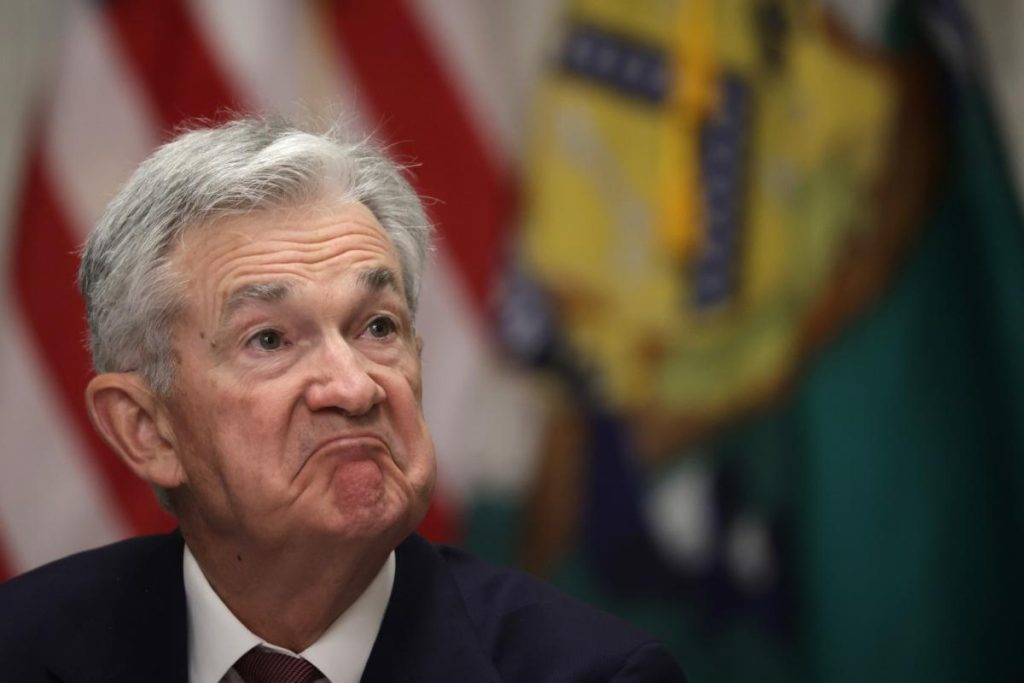
Donald Trump’s landslide victory has sparked a sharp jump in stock prices, and unleashed a wave of optimism that big cap equities, after already posting enormous gains this year, could keep pushing to new highs. In the nine days following the election, the S&P 500 surged over 4% to notch an all-time record close of 5949 on Thursday, November 14. Even after a big drop to end the week, the big cap index is still up over 3% since Trump clinched his overwhelming win. The business press is buzzing over Wall Street’s great expectations for the Trump agenda that incorporates such pro-business proposals as slashing the corporate income tax and fostering a ramp in energy production. On November 18, a front page headline in the Wall Street Journal trumpeted that “Investors are Betting on a Market Melt-Up.” The story related that money’s pouring into equity funds at a rate rarely witnessed since the onset of the Great Financial Crisis.
But the media and the average folks and money-manager whales wagering on flush times ahead are missing the big overlooked story: The shocking, sudden rise in interest rates. This explosive shift, in the wrong direction, for a crucial long-term driver of stock returns is sending exactly the opposite message from the jubilation spread by the prospects for a second Trump term. As Warren Buffett has warned time and time again, bonds compete with stocks for investors’ money, and when super-safe fixed-income provides puny yields, stocks, based on fundamentals, can be worth a lot more. Well, bonds just got far more lucrative overnight, for potentially worrisome reasons, and the outlook for equities just got a lot worse. But for now, animal spirts are swamping the bedrock basics that, over time, inevitably guide valuations.
On October 1, the rate on the 10-year treasury bond, the fixed-income benchmark that exerts the strongest influence on equity valuations, stood at a highly-favorable 3.74%. The rate had dropped steadily from over 4.64% at the close of May. Expectations that yields would remain extremely modest well into the future kept the powerful rally in stocks on track.
Then, that balmy trend turned stormy. By Monday, November 18, the 10-year yield had vaulted to 4.47%, a stunning increase of 73 basis points in just over six weeks. A big part of that jump happened following Election Day. The increase came in two parts: the rise in the “inflation premium,” and a waxing “real yield.” Neither one is good for stocks. The “inflation premium” measures investors’ expectations for average yearly increases in the CPI over the next decade. That component rose from 2.19% to 2.33% since the start of October. Takeaway: Investors are fretting that the Fed’s restrictive policies will take a long time to wrestle inflation to their 2% target, and may even fall short. In any event, the rise in the inflation premium signals that the central bank may need to hold short-term rates high for an extended period. And any sign the Fed will remain tighter, for longer, is a curse for equities.

